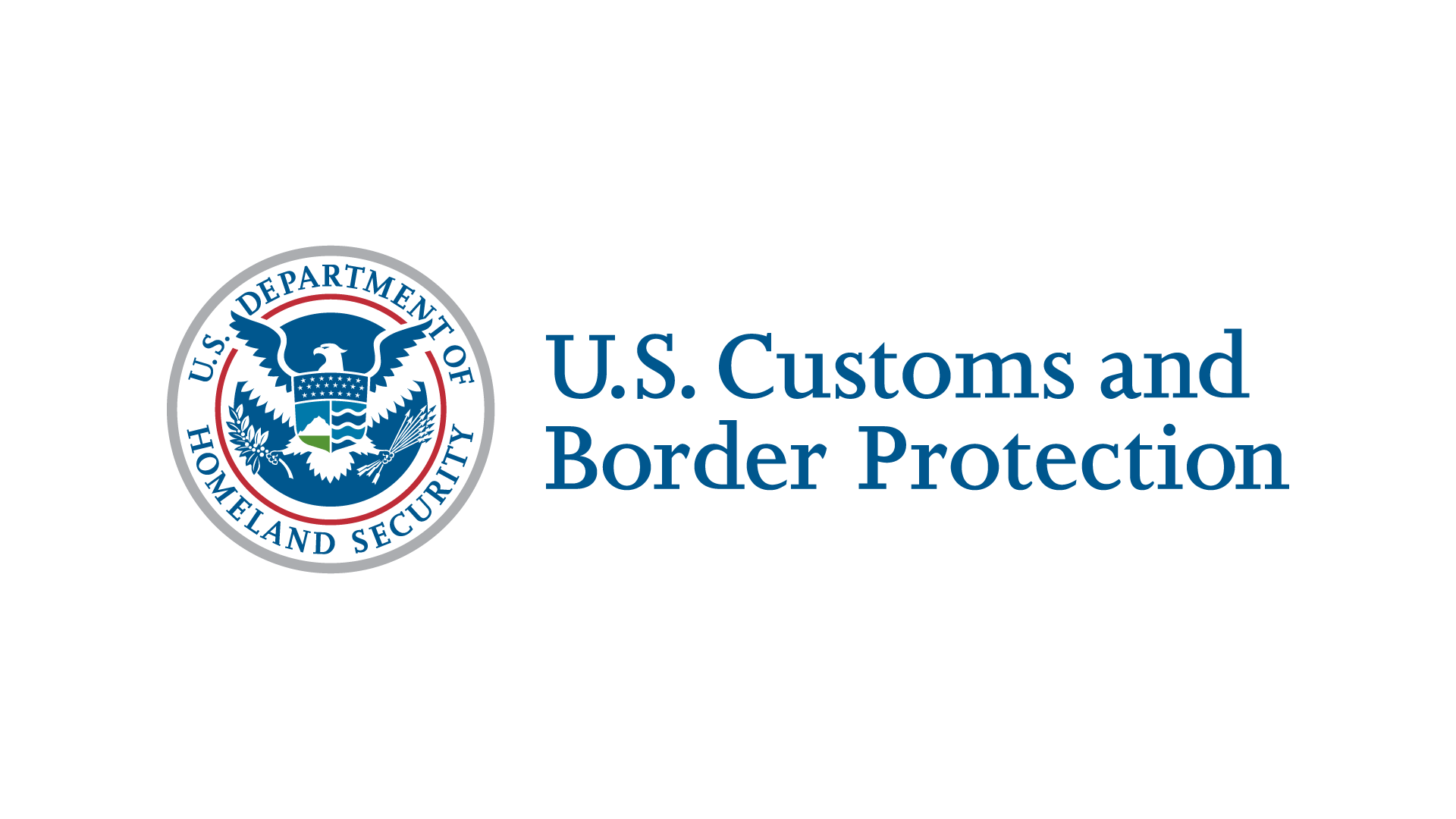Cargo System Messaging Service Announcement of Initiation of Antidumping and Countervailing Duty Investigations: Brass Rod from Brazil, India, Israel, Mexico, the Republic of Korea, and South Africa
On May 17, 2023, the Department of Commerce (Commerce) initiated its less-than-fair-value and countervailing duty investigations on “Brass Rod from Brazil, India, Israel, Mexico, the Republic of Korea, and South Africa” (Initiation Notices). These investigations have been assigned the following case numbers: A-351-859 (Brazil) A-533-915 and C-533-916 (India) A-508-814 and C-508-815 (Israel) A-201-858 (Mexico) A-580-916 and C-580-917 (Republic of Korea) A-791-828 (South Africa).
The Scope of Merchandise covered by these investigations reads as follows:
The products covered by these investigations are brass rod and bar (brass rod), which is defined as leaded, low-lead, and no-lead solid brass made from alloys such as, but not limited to the following alloys classified under the Unified Numbering System (UNS) as C27450, C27451, C27460, C34500, C35000, C35300, C35330, C36000, C36300, C37000, C37700, C48500, C67300, C67600, and C69300, and their international equivalents.
The brass rod subject to these investigations has an actual cross-section or outside diameter greater than 0.25 inches but less than or equal to 12 inches. Brass rod cross-sections may be round, hexagonal, square, or octagonal shapes as well as special profiles (e.g., angles, shapes).
Standard leaded brass rod covered by the scope contains, by weight, 57.0 – 65.0 percent copper; 0.5 – 3.0 percent lead; no more than 1.3 percent iron; and at least 15 percent zinc. No-lead or low-lead brass rod covered by the scope contains by weight 59.0 – 76.0 percent copper; 0 – 1.5 percent lead; no more than 0.35 percent iron; and at least 15 percent zinc. Brass rod may also include other chemical elements (e.g., nickel, phosphorous, silicon, tin, etc.).
Brass rod may be in straight lengths or coils. Brass rod covered by these investigations may be finished or unfinished, and may or may not be heated, extruded, pickled, or cold-drawn. Brass rod may be produced in accordance with ASTM B16, ASTM B124, ASTM B981, ASTM B371, ASTM B453, ASTM B21, ASTM B138, and ASTM B927, but such conformity to an ASTM standard is not required for the merchandise to be included within the scope.
Excluded from the scope of these investigations is brass ingot, which is a casting of unwrought metal unsuitable for conversion into brass rod without remelting, that contains, by weight, at least 57.0 percent copper and 15.0 percent zinc.
The merchandise covered by these investigations is currently classifiable under subheadings 7407.21.9000, 7407.21.7000, and 7407.21.1500 of the Harmonized Tariff Schedule of the United States (HTSUS). Products subject to the scope may also enter under HTSUS subheadings 7403.21.0000, 7407.21.3000, and 7407.21.5000. The HTSUS subheadings and UNS alloy designations are provided for convenience and customs purposes. The written description of the scope of the investigations is dispositive.
Parties may submit comments on the scope of the investigations. Please be sure to comply with all requirements pertaining submitting comments as described in the forthcoming Initiation Notices. Upon their publication in the Federal Register, the Initiation Notices may be found at www.federalregister.gov via the search bar using the case numbers assigned to this/these investigations.
Importers should be aware that entries of subject merchandise made after the initiation of an investigation may retroactively be subject to antidumping and/or countervailing duties.
For questions about CBP’s AD/CVD enforcement, see Priority Trade Issue: Antidumping and Countervailing Duties | U.S. Customs and Border Protection (cbp.gov)


